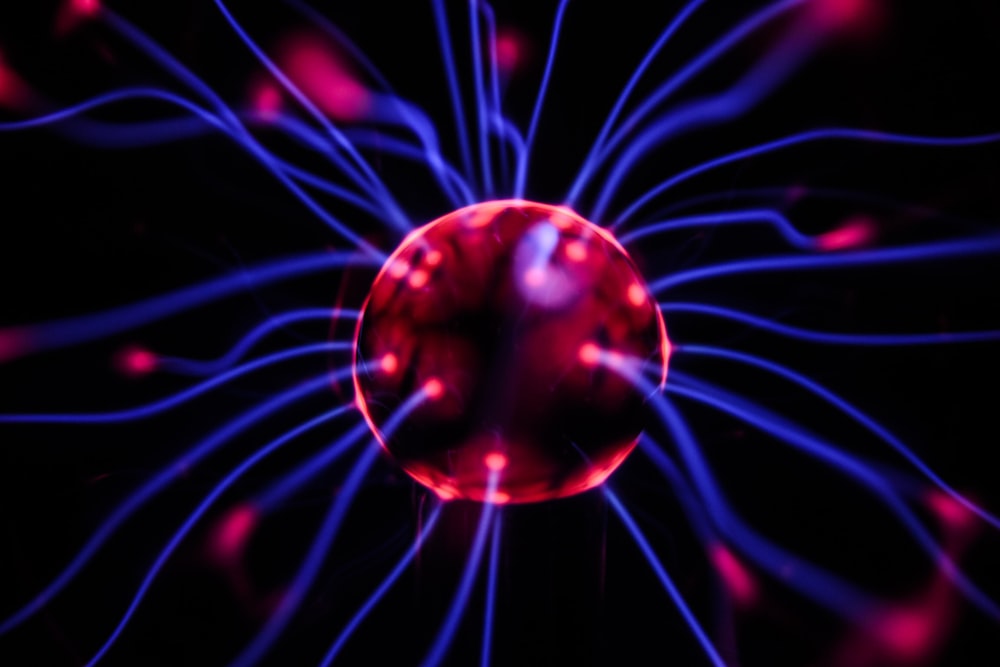
Brain Plasticity – 4 Ways It Helps Our Brains Stay Healthy
Brain plasticity or neuroplasticity is the ability of the brain to grow and change with age, be it for better or worse. It does so by organizing neurons and synaptic connections. It’s also the ability of the brain to make and reorganize synaptic connections in response to learning experiences and injuries.
This flexible growth of the brain plays an incredible role in its development and shapes distinct human personalities.
LET’S TAKE A CLOSER LOOK
The brain has a very complex composition and setup.
It has a gray matter that can either thicken or shrink. It also has sensory and motor signals working in parallel. And, its neural connections can refine or weaken. However, all these physical changes in the brain are very important for the individual abilities of a person.
Every time you learn something new, it reflects a physical change in your brain.
The brain makes new neural pathways that tell your body to carry out what you’ve learned. Also, every time you forget something, it too is a reflection of a physical brain change. This means your neural wires and pathways may have degraded or severed. This exceptional ability of the brain to modify its existing neural connections and wire-and-rewire itself is what is called brain plasticity. Without it, no brain can develop from childhood to adulthood and recover from injuries or traumas.
HOW DOES BRAIN PLASTICITY HELP YOUR BRAIN GROW AND HEAL?

The basic brain structure is defined by your genes before birth. However, the continuous development of the brain heavily relies on developmental plasticity.
When your brain is immature, neuroplasticity aids its growth by:
- Making or losing synapses
- Migration of neurons throughout the brain
- Sprouting and rerouting of neurons
As the brain grows, neurons mature. They send out carious branches like axons and dendrites from transmitting and receiving information. Also, they increase the number of synaptic contacts. With age, when you learn new languages, activities, and skills, neuroplasticity helps the brain to devise neural connections that help you to remember the stuff in the long run. It promotes structural and biochemical changes at the synaptic level which eventually helps the brain to grow strong with memory.
In a mature brain, there are a few parts where neurons are formed e.g. the dentate gyrus in the hippocampus which controls emotions, and the sub-ventricular zone in the lateral ventricle. Neurons generate here and migrate through the olfactory bulb which processes the sense of smell. The information stored in the nascent neurons helps the brain recover from damage.
As we grow old, our brain starts losing cells and neural connections leading to mental decline. Neuroplasticity helps the damaged area of the brain to recover by forming new neural connections and encouraging sensory and motor stimulations.
CAN BRAIN PLASTICITY CAUSE OUR BRAIN TO SHRINK OR WEAKEN?
Until now must have been considering neuroplasticity as a hero, but neural changes are not good always.
When neuroplasticity affects your brain negatively, it is called negative brain plasticity. The effects of negative plasticity can lead to destructive addictions, undesirable habits, and negative self-talk which are potentially hard to change. For example, improper synaptic changes and connections due to negative plasticity cause learning and behavioral disorders.
In the case of negative plasticity, synapses grow weak and the small spine structures supporting them grow small. This leads to a breakdown of the structure and function of the brain. It might cause your brain to shrink.
One such example of negative plasticity causing a shrink in brain size is the domestication of animals. A domesticated animal reportedly has a smaller brain as compared to the wild ones. When it comes to hunting food, why are wild wolves considered smarter than domesticated dogs even when the dog is trained enough to read humans?
This is because domesticated dogs have lost the brainpower required for hunting and their brains have grown smaller. If your neural connections aren’t formed properly or if you are not using your certain neural powers, you will start losing your brain chunk by chunk.
HOW CAN WE USE BRAIN PLASTICITY TO OUR ADVANTAGE?

Brain plasticity can widely be used for a variety of advantages. There are many ways in which brain plasticity benefits your physical and mental wellbeing. Some of the most important benefits, brain plasticity can be used for, are listed below.
1. Recovery from strokes
A stroke occurs when the blood supply to the brain is cut off. It deprives the brain cells of oxygen and nutrients and if prolonged it can cause the cells to die, seizing the brain function. Neuroplasticity can help the brain to recover the damage from a stroke. It works around the dead cells and helps to construct new neural pathways triggering the rehabilitation process.
2. Recovery from mental illnesses
Mental illnesses occur due to affected neural networks. They hamper the signaling of the brain and deteriorate its neural connections. Neuroplasticity helps to repair these neural networks resuming proper signaling and restoring healthy synaptic connections. In this way, it potentially helps with the recovery from mental illnesses.
3. Strengthened senses
Neuroplasticity has the incredible benefit of strengthening senses. If a certain area of the brain controlling a particular sense is damaged, the brain can rewire the function and some other area might pick it up. Also, losing function in one area enhances the functions in the other areas. For instance, if you’ve lost a sense, neuroplasticity may heighten the others. This is the possible reason why blind people have exceptional hearing.
4. Enhanced memory and learning
As mentioned above, whenever you learn or memorize something new, your brain undergoes physical changes to retain it. For example, if you’ve learned a new language, your brain will start making new pathways and trigger synaptic connections that will help your body know how to do it well.
Every new lesson that you will learn will potentially connect new neurons and change the default mode of your brain’s operation. It is likely to enhance your memory and learning abilities. The healthier the neural connections, the greater will be your cognitive abilities enhancing memory, learning, and other mental abilities.
DOES BRAIN PLASTICITY DECREASE AS WE GET OLDER?
A simple answer to this is yes, it does. As an individual ages, the brain grows but the rate of neuroplastic changes declines. However, it is never likely to stop because neurons keep appearing in different parts of the brain until death.
The younger brains i.e. from birth to two or three years display maximum brain plasticity. There is a huge increase in the number of neurons and synaptic Stromectol online connections in this age. This is because, the child is learning the basic functions and skills of life like eating, walking, talking, etc.
Toddlers are expected to have twice the synapses of an adult. Later, the number of synaptic connections is likely to reduce by half till adolescence. During youth and adulthood, the human brain undergoes pruning which is the reduction of neurons and synapses formed during an early age. This reduction is mainly influenced by the life experiences of an individual.
Brain plasticity might decrease with age but never halts. It continues in adulthood or older age because people keep learning and experiencing new stuff which causes the brain to elevate the synaptic count. Healthcare experts recommend certain tips that can help to augment brain plasticity. A few of them are as follow:
- Get enough sleep
- Practice brain-stimulating exercises
- Continue learning new things to challenge your brain
- Read as much as you can and enhance your vocabulary
- Play challenging games that demand brainwork
 mentally and physically active can promote healthy brain plasticity. Photo by Gabby K from Pexels” class=”wp-image-82271″ width=”768″ height=”511″/>
mentally and physically active can promote healthy brain plasticity. Photo by Gabby K from Pexels” class=”wp-image-82271″ width=”768″ height=”511″/>CONCLUSION
Neuroplasticity is an exceptional phenomenon where your brain organizes neural connections for enhanced working. It happens as a result of two situations; either you are learning something new or your brain has encountered an injury or trauma. In both cases, the brain works to wire and re-wire its neural pathways by potential synaptic connections.
This ability of the brain to form new connections is necessary for its healthy growth and development.
As it enhances the cognitive abilities of an individual and eases mental and emotional unrest. Most importantly, it offers greater healing effects against injuries like stroke and various mental disorders.
There are chances that the brain might fall short of its neuroplastic abilities, but the situation can be improved by the simple self-help techniques mentioned above. Considering the wide effects of brain plasticity, people are recommended that they should help their brain continue with this superpower by adopting a healthy lifestyle and keeping their brain active.












